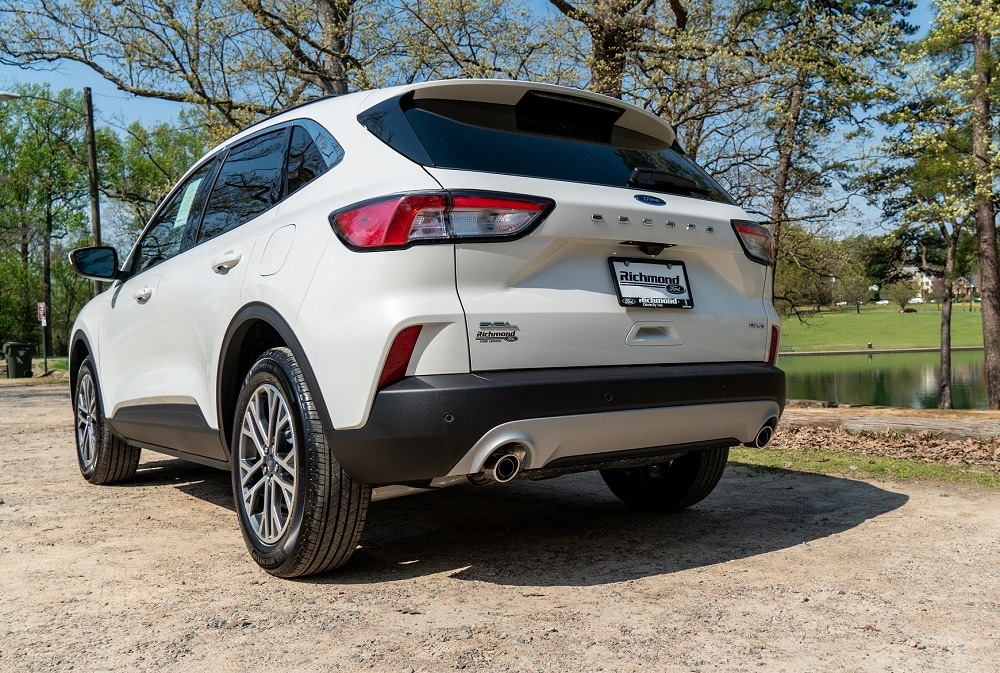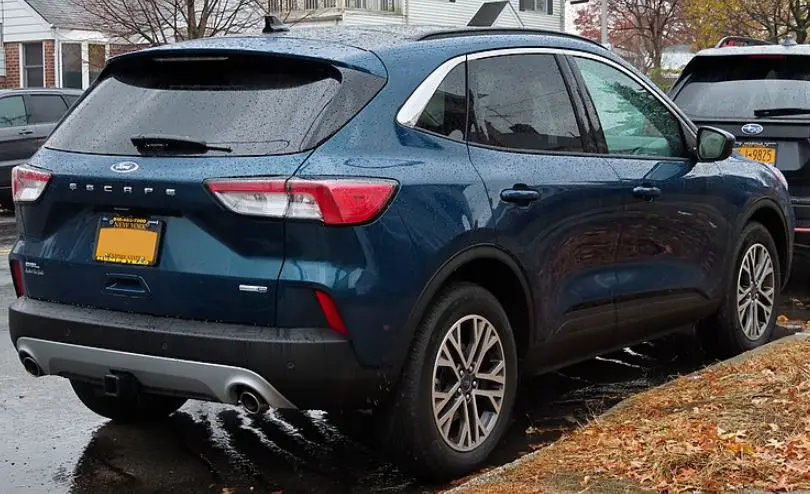

We’ve driven the V-6 in years past, and it’s appreciably punchier, though still a bit raspy. The four-cylinder engine has enough torque to make it, but more responsive transmission kickdown would help.Ī 3.0-liter V-6 is optional, and its 240 horsepower considerably outpaces the four-cylinder’s 171 hp. Although the transmission rarely hunts for gears, its stubbornness becomes a fault when you drone up an on-ramp in 4th or 5th with the pedal halfway to the floor. A six-speed automatic is standard on all but the front-drive XLS, and it prefers to choose a gear and stay there. The Escape’s 2.5-liter four-cylinder gets you going briskly, albeit with a loud drone. Whether it’s the low-tech rear drum brakes or the lean-happy suspension that’s to blame, the results aren’t inspiring.

Where other crossovers stop hard on all fours, the Escape’s tail gets squirrely in the same exercise.

The brake pedal feels mushy and tentative, and the Escape’s standard antilock brakes kick in quite early. It feels as top-heavy as the Space Needle - listing hard into corners, squatting back or pitching forward when you speed up or slow down. If only the rest of the Escape followed suit. The wheel has gobs of power assist at low speeds, making parking lots a cinch, and at higher speeds it takes on winding roads with lively precision. Simple cruising aside, the Escape’s slow reflexes foil any chance of maneuverability - a shame, given its steering is decent. The Escape feels floaty at times - one editor bemoaned its ride for just that reason - but in terms of sheer comfort, Ford gets top marks. Pavement imperfections that filter up to the cabin in other crossovers simply don’t in here. The suspension handles larger bumps well enough, but it really shines over long stretches of highway. Ford’s entry is one of the few in this category that earns that label, and not just in a relative sense. There’s the tolerable Chevy Equinox, the choppy Kia Sportage, and - with a ride refined over the years - the comfortable Escape. In small crossovers, ride comfort is all over the board. The Ford Escape Hybrid and its gas-electric drivetrain are covered separately on. Click here to see Escape trims compared, and here to see the 20 Escape compared. Our test car had Ford’s 2.5-liter four-cylinder a V-6 is optional on the XLT and Limited. The XLT sits between the entry-level XLS and range-topping Limited, all three of which can be had with either front- or all-wheel drive. Driving a midlevel Escape XLT back-to-back with eight competitors, one thing became apparent: The next Escape can’t come soon enough. Somewhere in the scrum is the Escape, a popular two-row model in its twilight years. Today’s market offers a wide range of choices, from glorified hatchbacks to those just big enough to shoehorn in an impossibly small third row. To see what’s new for 2012, click here, or check out a side-by-side comparison of the two model years.Įven in its aged state, the 2011 Ford Escape still hits a sweet spot in terms of ride comfort, but its drab interior and clumsy handling leave it behind the increasingly flashy competition.Ĭar shoppers expressed their love for small crossovers more than a decade ago, and the auto industry responded. Little of substance has changed with this year’s model. Editor’s note: This review was written in April 2011 about the 2011 Ford Escape.


 0 kommentar(er)
0 kommentar(er)
